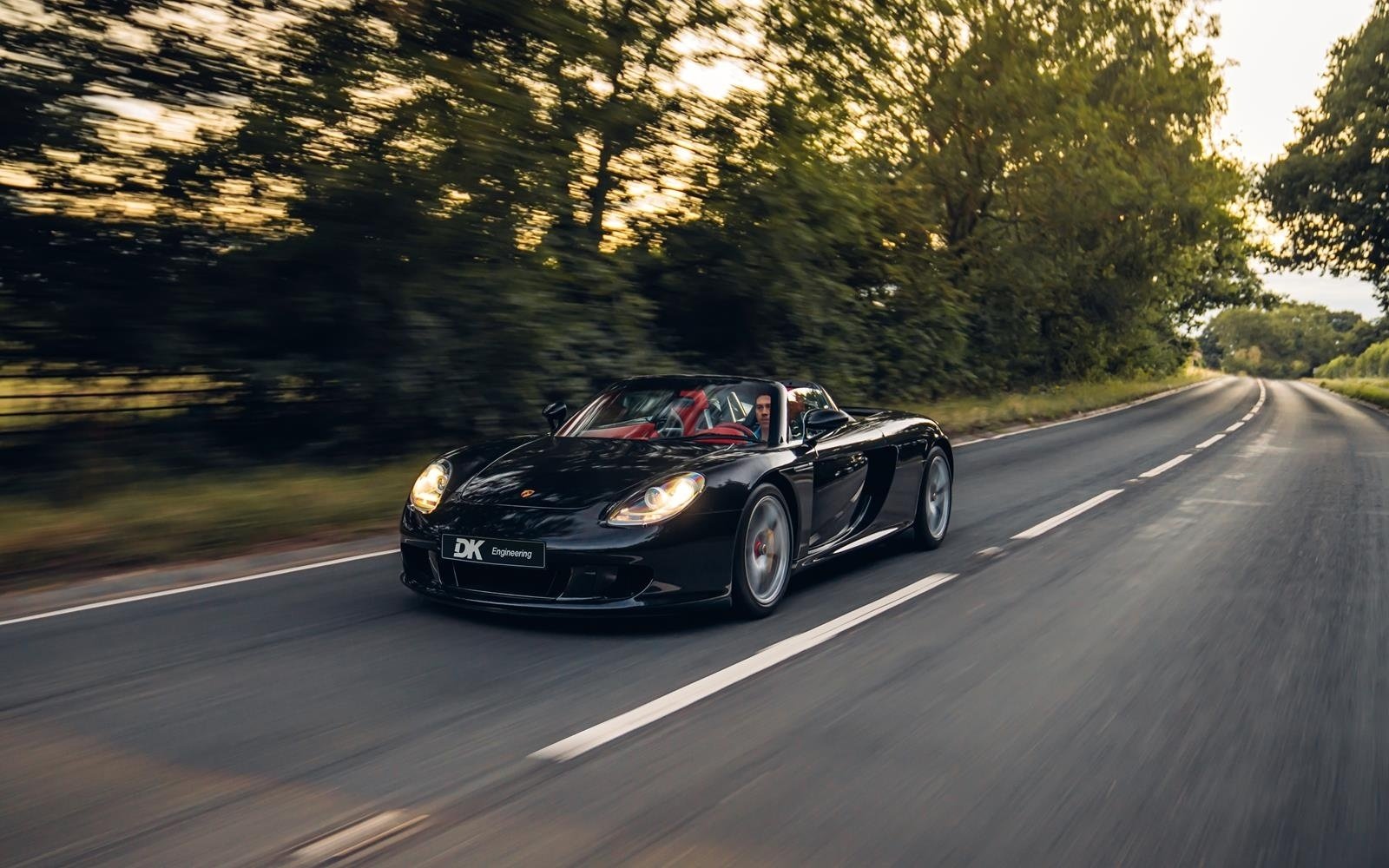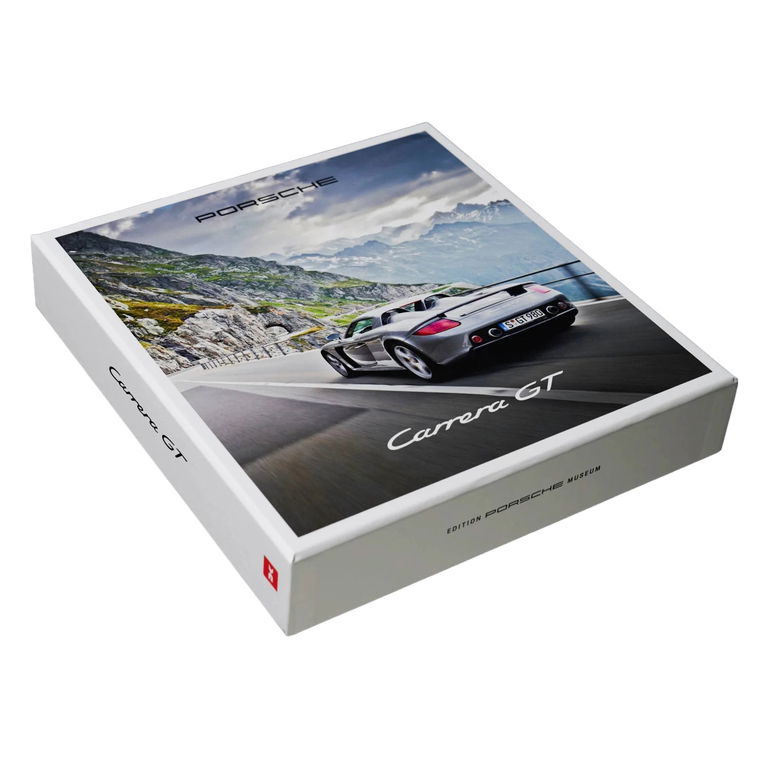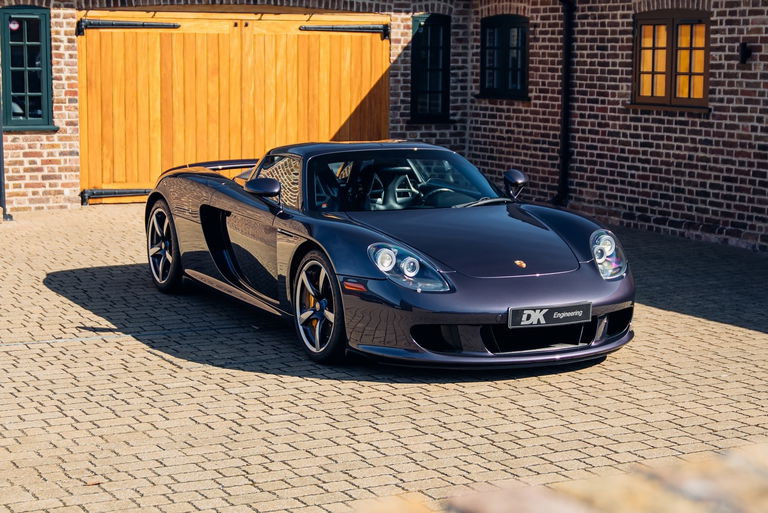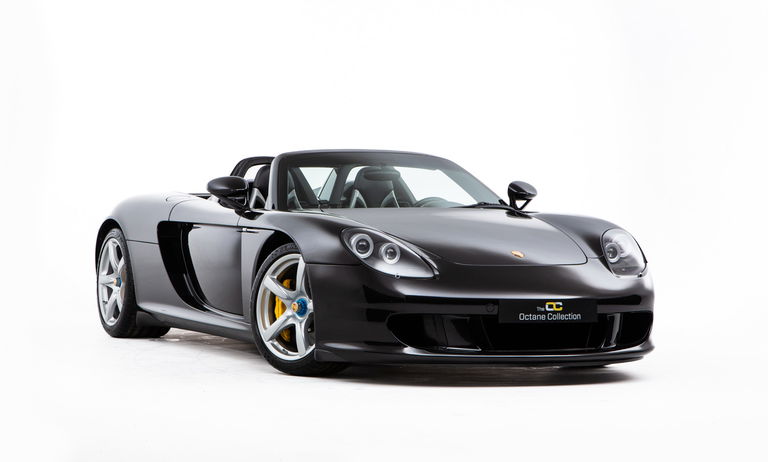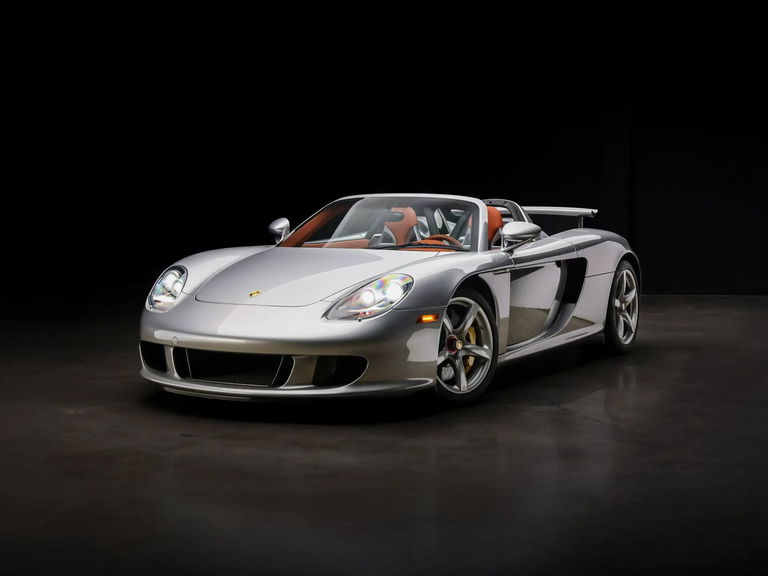Service History
- 31.05.2006 – Porsche Reading – Supplied new to first owner
- 10.08.2006 – Porsche Reading – Porsche W607 Recall
- 09.06.2008 – Porsche Reading – Annual Service & Brake Fluid Change – 3,044 miles
- 03.09.2009 – Porsche Reading – Annual Service – 3,652 miles
- 30.11.2010 – Porsche Reading – Major Service & Brake Fluid Change – 4,127 miles
- 30.11.2010 – Porsche Reading – Porsche W735 Recall
- 21.03.2012 – Porsche Reading – Annual Service – 4,182 miles
- 21.03.2014 – Porsche Reading – Annual Service & Brake Fluid Change – 4,187 miles
- 06.07.2016 – Porsche Reading – Annual Service & Brake Fluid Change – 4,584 miles
- 30.04.2018 – Porsche Reading – Brake Fluid Change – 4,646 miles
- 16.09.2019 – Porsche Reading – Annual Service – 4,771 miles
- 11.08.2020 – DK Engineering – Annual Service – 4,789 miles
- 29.03.2022 – Porsche Reading – Major Service & Brake Fluid Change – 5,019 miles
- 18.08.2023 – Porsche Reading – Annual Service – 5,088 miles
Today this UK supplied Carrera GT in an outstanding factory specification presents superbly and is available to view at our showrooms outside London immediately. Having remained within our storage facility since 2020, this example has continued to be used sparingly at today presents with just 5,090 miles from new.
- UK Supplied C16
- Basalt Black with Austrian Red Leather to Sample
- Comprehensive Service History
- 5,090 miles
- Ruf front-axle lifting system, c.£20k
- Former property of Liam Howlett of The Prodigy
- Natural Dark Grey Leather Luggage set
This C16 UK Supplied example is one of just a handful of UK Carrera GT’s to receive bespoke options and colours. From new, this example was optioned with Austrian Red leather-to-sample, no doubt inspired by the greatest open top Porsches built, the 356 Speedster and later 911 Speedsters
Model:
The Carrera GT’s roots can be firmly traced back to its predecessors, the 911 GT1 and LMP1-98 racing cars. In 1998 Porsche planned on a new Le Mans prototype for 1999. The car was initially intended to use a turbocharged flat-6, but was later redesigned to use a new V10 engine, pushing the project back to planned completion in 2000. The V10 was a unit secretly built by Porsche for the Footwork Formula One team in 1992 but had been shelved. The engine was resurrected for the Le Mans prototype and increased in size to 5.7-litres. Unfortunately, the project was cancelled after two days of testing for the first car, in mid-1999, mostly due to Porsche’s wish to build the Cayenne SUV with involvement from Volkswagen and Audi, thus requiring engineering expertise to be pulled from the motorsports division. It was also speculated that VW-Audi chairman Ferdinand Piëch wanted Audi’s new Le Mans Prototype, the Audi R8 not to face competition from Porsche in 2004.
Porsche did keep part of the project alive showing a concept car at the 2000 Geneva Motor Show, mainly in an attempt to draw attention to their display. Surprising interest in the vehicle and an influx of revenue provided from the Cayenne helped Porsche decide to produce the car, and development started on a road-legal version that would be produced in small numbers at Porsche’s new manufacturing facility in Leipzig. Porsche started a production run of Carrera GTs in 2004, the first Carrera GT went on sale in the US on January 31, 2004. The Carrera GT is powered by a 5.7-litre V10 engine producing 612 horsepower. Porsche claims it will accelerate from 0 to 62.1 mph in 3.9 seconds and has a maximum speed of 205 mph although road tests indicated that in reality, the car can accelerate from 0-60 mph in 3.5 seconds! The Carrera GT has a basic five colour paint schemes which included Guards Red, Fayence Yellow, Basalt Black, GT Silver and Seal Grey. Custom colours were also available from the factory. A traditional six-speed manual transmission is the only available.
Elements pointing to the car’s stillborn Le Mans routes are abundant throughout the car. Attached to this gearbox is a Beechwood gear knob which pays homage to the wooden gear knob used in the Porsche 917 Le Mans racers. In typical Porsche fashion, the ignition is to the left of the steering wheel. This placement dates back to the early days of Le Mans racing when drivers were required to make a running start, hop into their cars, start them and begin the race. The placement of the ignition enabled the driver to start the car with his left hand and put it in gear with his right.
